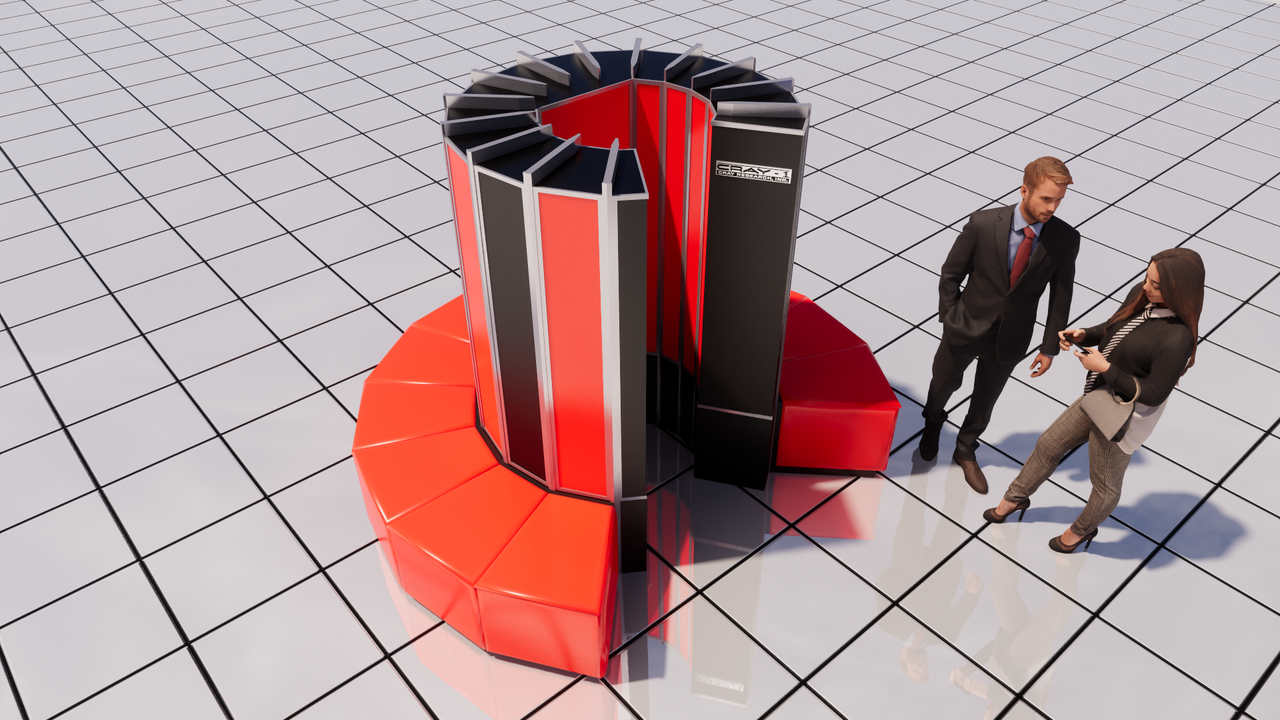When it comes to computing power, it’s easy to assume that modern smartphones like the iPhone are far more advanced than the supercomputers of yesteryear. However, this isn’t necessarily the case. While it’s true that smartphones are incredibly powerful, supercomputers still have their place in the world of high-performance computing.
To answer the question of whether an iPhone is more powerful than a Cray-1 Supercomputer, we first need to understand what each of these machines is capable of.
The Cray-1 Supercomputer was a revolutionary machine when it was first introduced in 1976. It was designed for scientific and engineering applications that required high-speed processing, such as weather forecasting, nuclear simulations, and fluid dynamics. The Cray-1 had a clock speed of 80 MHz and a peak performance of around 250 megaflops (millions of floating-point operations per second).
In contrast, the iPhone has a clock speed of around 2.5 GHz and a peak performance of around 500 gigaflops (billions of floating-point operations per second). So on paper, it seems that the iPhone is vastly more powerful than the Cray-1.
However, there are a few factors that complicate this comparison. First, the Cray-1 was designed to excel at specific tasks, such as numerical simulations, where its vector processing capabilities could be put to good use. Second, the Cray-1 had a custom-designed architecture that was optimized for high-speed processing, while the iPhone is a general-purpose computer designed for a wide range of applications.
So while the iPhone may be more powerful than the Cray-1 in terms of raw processing speed, it’s not necessarily better suited for all types of computing tasks. In fact, there are still many applications today where a supercomputer like the Cray-1 would outperform even the most powerful smartphone.
For example, modern supercomputers like the Summit at Oak Ridge National Laboratory in Tennessee can perform over 200 quadrillion calculations per second, making them ideal for tasks like molecular modeling, climate modeling, and astrophysics simulations. While smartphones like the iPhone are incredibly powerful for their size, they simply don’t have the same level of computational power as these massive supercomputers.
In conclusion, while the iPhone is certainly more powerful than the Cray-1 Supercomputer in terms of raw processing speed, it’s important to remember that supercomputers still have their place in the world of high-performance computing. Each type of machine is designed for specific tasks, and both are essential for advancing scientific research and pushing the boundaries of what’s possible with computing.
